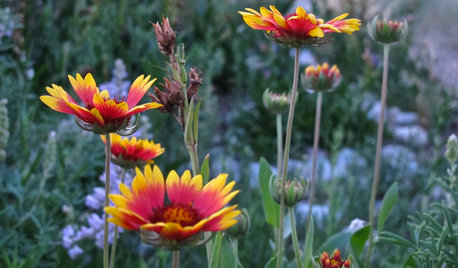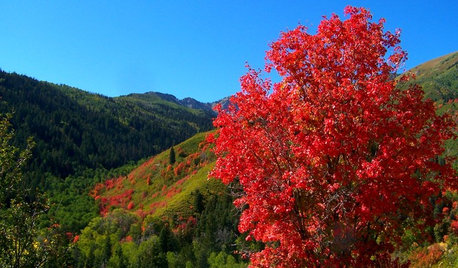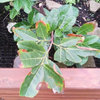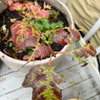Inchworms/ Geometer moth larva/ Worms/ Caterpillars
radiantpoppy
12 years ago
Related Stories

GARDENING FOR BUTTERFLIESGarden for Wildlife to Reap Rich Rewards
When you plant with animals and insects in mind, you make gardening easier, the planet healthier and yourself more present
Full Story
GARDENING GUIDESLessons in the Rewards of Selfless Gardening
Let go of gardening for your own vision and watch the garden’s own true vision come forth
Full Story
GARDENING FOR BUTTERFLIESBe a Butterfly Savior — Garden for the Monarchs
Keep hope, beauty and kindness alive in the landscape by providing a refuge for these threatened enchanters
Full Story
WINTER GARDENINGPruning Secrets for Exquisite Roses
Encourage gorgeous blooms year after year with this time-tested advice on how to prune your rosebush in winter for health and shape
Full Story
GARDENING GUIDESThese Hummingbird-Attracting Native Plants May Surprise You
These flowers, vines and shrubs offer shelter and food supplies that keep hummingbirds around longer
Full Story
GARDENING GUIDESBigtooth Maple, the West’s Native Sugar Maple
Plant Acer grandidentatum for cool shade, brilliant autumn colors and songbird habitat
Full Story








laserboy532
Kimmsr
Related Professionals
Carlisle Landscape Architects & Landscape Designers · Lake Oswego Landscape Architects & Landscape Designers · Middle Island Landscape Architects & Landscape Designers · Salem Landscape Architects & Landscape Designers · Finneytown Landscape Architects & Landscape Designers · Chattanooga Landscape Contractors · Concord Landscape Contractors · Danvers Landscape Contractors · East Hanover Landscape Contractors · El Mirage Landscape Contractors · Lakewood Landscape Contractors · Louisville Landscape Contractors · Saint John Landscape Contractors · Reisterstown Landscape Contractors · East Norriton Landscape Contractorsjimr36
rhizo_1 (North AL) zone 7
radiantpoppyOriginal Author
radiantpoppyOriginal Author
rhizo_1 (North AL) zone 7
bake-neko
Kimmsr
rhizo_1 (North AL) zone 7
bake-neko